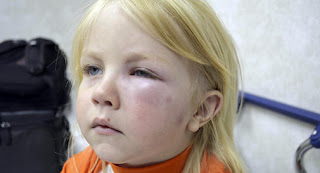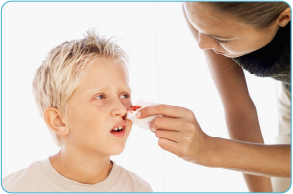Urinary retention means an inability to void or unable to empty the bladder.
Taking the History
When a child presents with the complains of inability to void a detailed history is required in order to reach the diagnosis and then manage accordingly.
Ask:
1. If the patient is toilet trained?
2. Is patient constipated
3. Is there pain on urination or fever
4. Any history of trauma
5. Past history of UTI
6. Any history suggestive of sexual abuse
7. Any medications currently in use
Physical Examination
After a detailed history relevant physical examination is necessary that may include
Taking the History
When a child presents with the complains of inability to void a detailed history is required in order to reach the diagnosis and then manage accordingly.
Ask:
1. If the patient is toilet trained?
2. Is patient constipated
3. Is there pain on urination or fever
4. Any history of trauma
5. Past history of UTI
6. Any history suggestive of sexual abuse
7. Any medications currently in use
Physical Examination
After a detailed history relevant physical examination is necessary that may include
- General Physical Appearance: the child may appear ill looking and uncomfortable.
- Abdomen: Tender , tense smooth suprapubic mass usually indicates a distended urinary bladder.
- Genitalia: Phimosis ( if uncircumcised) , meatal stenosis and erythema of perpuse or glans may represent acute balanoposthitis or erythema may indicate sexual abuse.
- Neurological examination: is needed to assess the sensation in the perineal area.






































